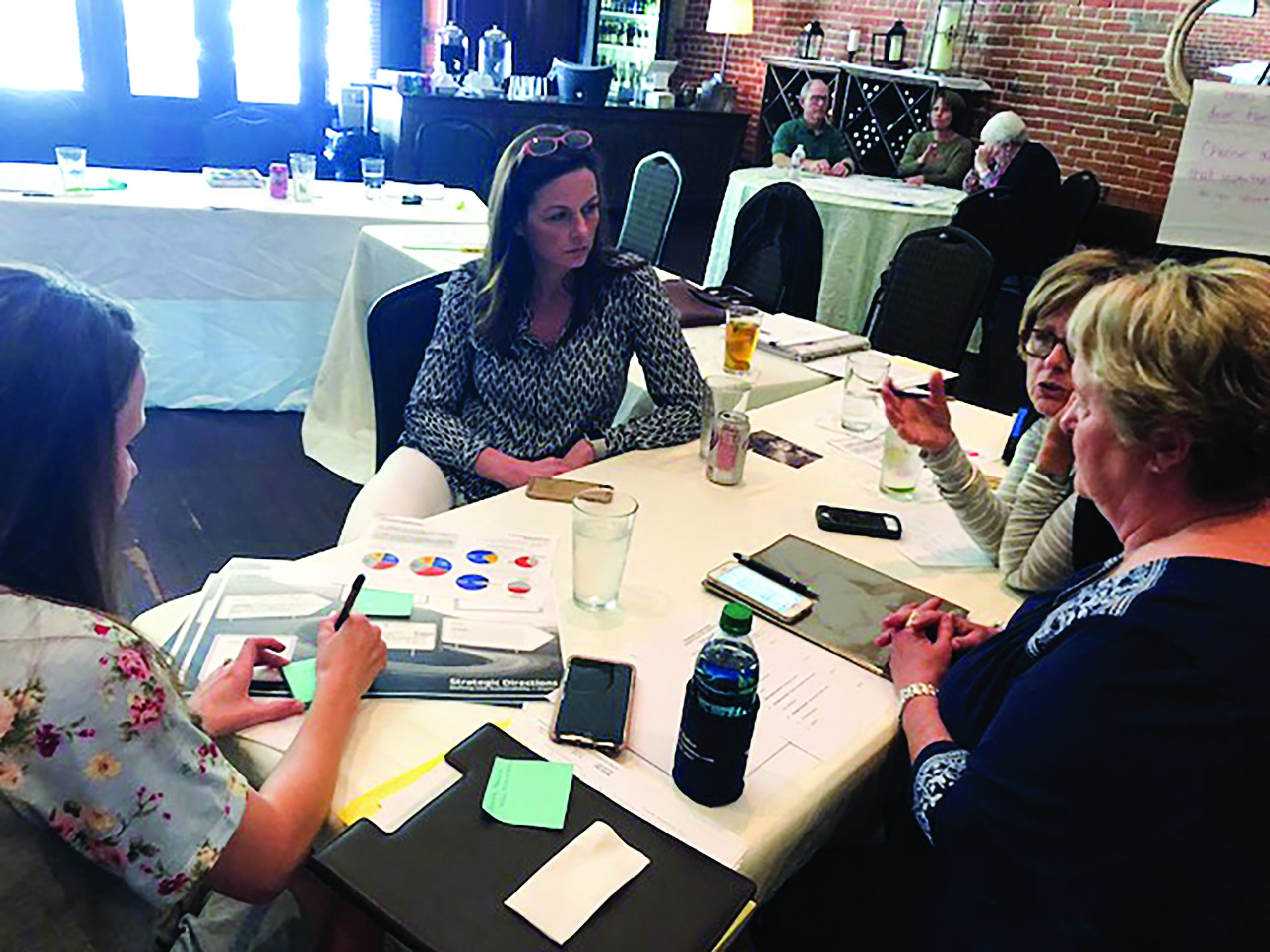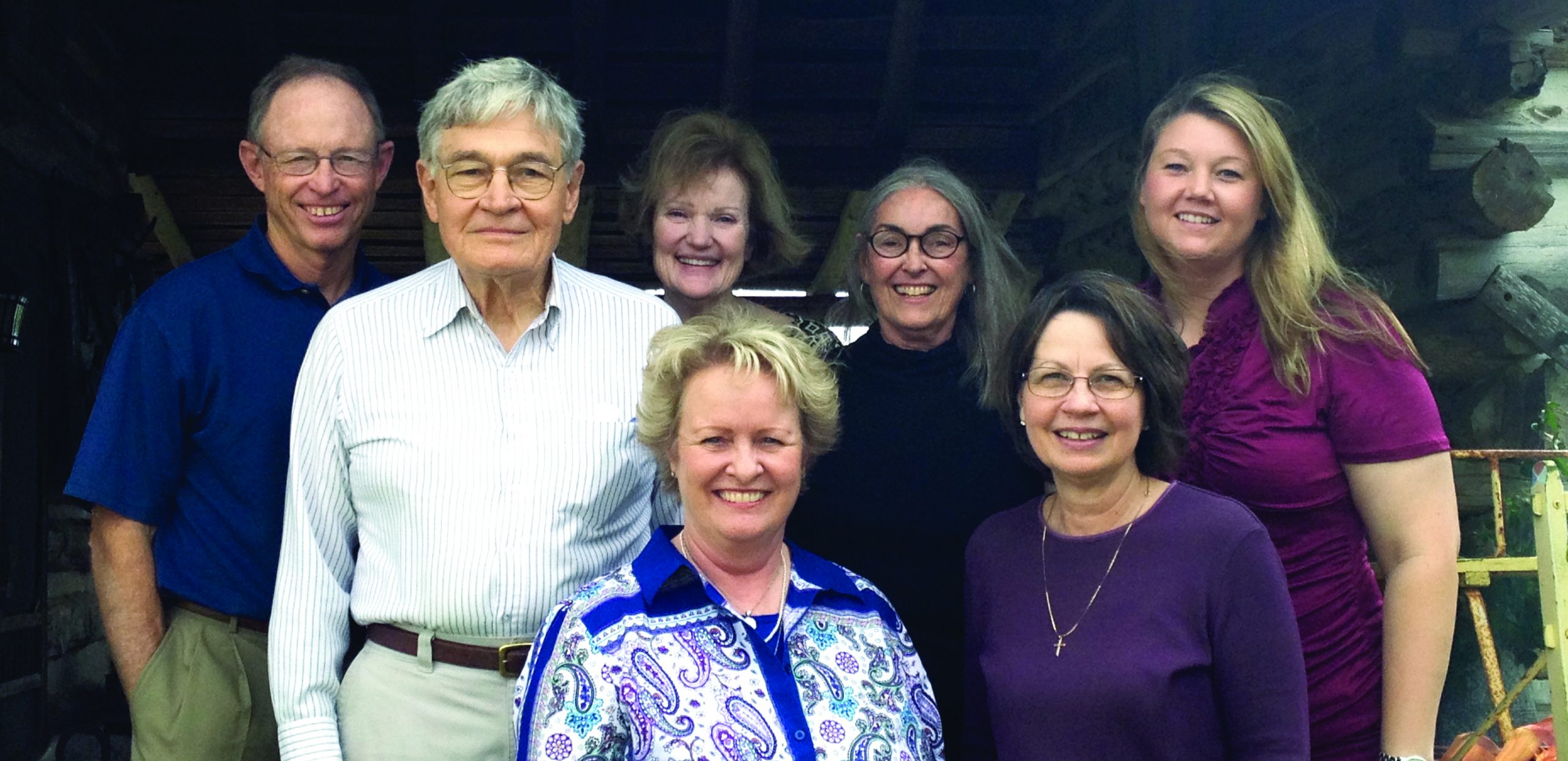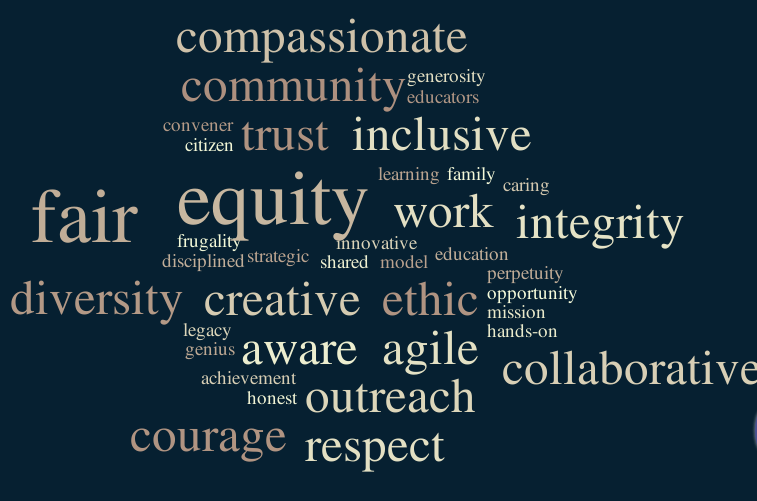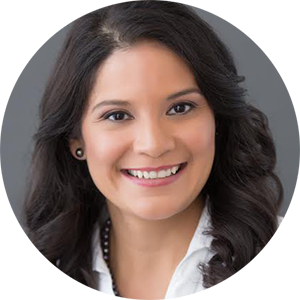
Sooch Foundation
March 11, 2020
Genevieve & Ward Orsinger Foundation
December 12, 2021CIVICAIM CASE STUDY
Preserving a Family Foundation Legacy,
Embracing its Future
Challenge
Anticipating its 25th anniversary, the Stanzel Family Foundation, Inc. wanted to honor its legacy and plan for its philanthropic future. In the words of long-time trustee and family member: “We needed to reflect on the past, present, and look at the legacy values we want to pass on. We also wanted to transition our approach from a ‘giver of charity’ to a true community partner.”Approach
Engaging both the founding and next-generation board members, CivicAIM led the design and facilitation of two board retreats: a 2013 retreat to revisit the Foundation’s mission statement and create a vision statement; and a 2018 retreat to refine the Foundation’s three focus areas and set intended goals and measures.Outcomes
What emerged from these retreats have been ubiquitous in the Foundation’s current strategy and activities. The family philanthropy reaffirmed its mission, developed a collective vision for its future as a strategic rural grantmaker, and created an operational framework that solidified its program areas and community partnerships.Facilitating Strategic Planning and Succession Retreats for Impactful Results
In 2013, the Stanzel Family Foundation planned a strategy retreat with two goals: to develop a clear vision statement, and create a succession framework for engaging the next generation of board leadership and a new staffing infrastructure for the Foundation.
They knew this retreat would be an important time and process—a process they couldn’t take lightly. The Foundation engaged CivicAIM to help design and facilitate the retreat.
“We wanted to take a critical look at the mission of the Foundation, and intentionally engage the next generation to create a collective vision that would serve as a bridge and bring them on the board,” says trustee Helen Srubar Niesner. “The next generation lives in other locations, and the board recognized that roles will undoubtedly change—and need to change—over time.”

Erica challenges us and helps create space to imagine, to innovate, to approach everything as an opportunity for new insights and real possibilities.
– Helen Srubar Niesner, Trustee
Today, most board members are third generation, and live in the community the Foundation serves. As time goes on and board members transition off, the board expects change. “We will likely have more board members living non-locally, who won’t be as familiar with the community as our current board members have been, or as hands-on and engaged. We wanted to make sure we have the engagement pieces in place so that our future board can stay involved, informed, and educated in their decision making,” says Niesner.
What’s more, the staff was changing with two directors leaving, including the retirement of the long-term program director.
“The board saw the need for an overall leadership role to stay actively involved, over time, as a liaison between the community and board,” says now-executive director Cheryl Hudec Pekar.
Yet, moving to an executive director structure caused the board to consider many questions. “Up until then, it felt like the board and staff were family, and all part of the same story,” says Niesner. “We realized we would be bringing on new people who may not understand the underpinnings of a family foundation. We as the board felt an urgency to have these conversations, and to write a consensus down, so that it could be communicated to anyone new coming on the board or as staff.”
During the retreat, with CivicAIM’s guidance, the board took the time to develop a shared understanding, which evolved into a written legacy document that the board can pass down to its successors.
Facilitating Change in a Family Foundation
The decision to hire a facilitator is an important one. After some debate, the Stanzel Family Foundation realized it would be best served by an outside expert guiding the process.
“We had worked with Erica before, and our board knew her and trusted her,” says Niesner. “Yet we have a frugal board, and some thought we didn’t need an outside facilitator coming in. They said ‘we can do this on our own.’ Yet, a few of us believed in the value in bringing in a facilitator, and we persevered.”
“It’s difficult when anyone on the board has to be responsible for running the process of a retreat. It limits their ability to fully participate,” she says. “We felt it was cost-effective—and results-oriented—to bring in an expert on family philanthropy, and we were right. We successfully made that case to the board.”
“If you have someone on the inside who is responsible for leading a retreat, the board might perceive them as having their own implicit biases, good or bad. Bias can lead a conversation in a certain direction, and a facilitator avoids that,” says Cheryl Hudec Pekar. “With a neutral facilitator present, participants will have a different relationship with the conversation.”
“A facilitator helps people out of their linear rational thinking minds, and into something more creative,” says Niesner. “When you are in this kind of process, you need to be able to get people into a creative zone—to be open-minded to hearing things, and be able to offer their own ideas and suggestions. A skilled facilitator creates the space for that to happen.”

Small group breakout at 2018 retreat discussing impact goals and measures.
Retreat Outcomes Taking Flight
As a result of the 2013 retreat, the board hired its first executive director.
Cheryl Hudec Pekar, who in high school received a scholarship from the Foundation, worked in rural community development throughout the state. After two years of courting, she accepted the position as executive director in 2016.
“When Cheryl first came on as executive director, she immersed herself in who our founders were, and what we’re trying to accomplish as a foundation,” says Niesner.
As a result of the 2013 retreat, the board hired its first executive director.
Cheryl Hudec Pekar, who in high school received a scholarship from the Foundation, worked in rural community development throughout the state. After two years of courting, she accepted the position as executive director in 2016.
“When Cheryl first came on as executive director, she immersed herself in who our founders were, and what we’re trying to accomplish as a foundation,” says Niesner.

Staff and trustee participants from the 2013 vision & succession planning retreat.
A major goal of the retreat was to refine the Foundation’s focus areas of giving, and set forth program goals and a plan for evaluating success. “We were strong on our mission and vision, but not as clear on our program goals, and how we might measure our impact,” says Pekar.
At the 2018 retreat, the board made a big change: that the Foundation will encourage a next generation of citizen philanthropists in the rural area in which they reside.
“We added this to our vision statement,” says Niesner.
“In doing so, we recognized that all of us have certain responsibilities as residents to find our own gifts and reach that potential to care for ourselves and contribute to our community. This is about relationships and partnerships.”
“Citizen philanthropy is not as much a program as it is part of the Foundation’s vision,” says Pekar. “The board realized that it doesn’t matter what we do in terms of education and health; it’s promoting citizen philanthropy that truly will make an impact. We as one foundation can’t do it alone. We need to collaborate and partner with others. This is now a focus area that saturates everything we do.”
CivicAIM’s Approach
To design and facilitate the two strategic planning and succession retreats, Erica Ekwurzel of CivicAIM worked with the board and staff prior to the retreat to understand the history that had led them to this moment, and what they hoped to accomplish.
“We shared with Erica the roles that would be changing internally, and what we hoped to change externally,” says Pekar. “During the retreat, she walked us through logic models for each of our three focus areas: health, education, and citizen philanthropy, and took us through a process where we could come to consensus on our values, vision, and goals.”
Ekwurzel also led the board through a values-based exercise called Picture Your Legacy (2164.net). “It was profound and heartfelt. Board members had to step out of their comfort zone, and share the inner workings of what is meaningful to them,” says Pekar.
“With Erica’s guidance, we were able to revisit our five philanthropy values and create a word cloud of what resonated with us. After the meeting, we were able to weave these words into new paragraphs that became our values statement,” says Niesner.
Grounding in values—and the values of its founders—is something that continues to guide the board today.

Word cloud depicting the values and giving style of the Stanzel Family Foundation, Inc.

Working with Erica and CivicAIM
With her education and practical knowledge of philanthropy, Ekwurzel brings an insider’s perspective on how effective foundations work.
“Erica asks thoughtful questions to gain a true understanding of what we are sharing with her, and she often asks the questions in a different way,” says executive director Cheryl Hudec Pekar. “She has acute awareness to recognize when she doesn’t understand something, and that skill makes her even more successful at what she does. She doesn’t assume anything. Erica gains an inside understanding of the issues so she can be the best listener and the best leader.”
“Erica has the ability to make everyone feel they are important and what they say is important,” says trustee Helen Srubar Niesner. “She cares genuinely that a connection is made, and that the board takes the time to make sure we’re all on the same page. That’s how we can have the greatest impact, and that’s what our founders have entrusted to us.”
CivicAIM continues to provide ongoing support and counsel to the Foundation. “Erica is someone we can rely on when we have issues come up. She always there to ask the right questions, and help guide us toward a solution or our best next step,” says Niesner.
About the Stanzel Family Foundation, Inc.
The Stanzel Family Foundation, Inc. encourages and supports an educated and healthy community. The Foundation actively partners in community education and health, and aims to empower generations of engaged citizen philanthropists in Schulenburg and Weimar counties in Texas.
Joseph and Victor Stanzel co-founded the Stanzel Family Foundation in 1989, one year before the sudden passing of Joseph. The brothers owned Victor Stanzel Co., a model aircraft toy manufacturing company they formed in 1933. Their seventy years of entrepreneurial endeavors affirmed the importance of hard work, dedication, honesty, integrity, and focused vision—values the Foundation emulates to this day.
One of the Foundation’s first giving programs focused on scholarships to graduating high school seniors. Since 1991, the Foundation has awarded more than 440 scholarships locally.
In 1998, the board of directors fulfilled the founders’ mandate to construct and open the Foundation building in Schulenburg and provide space for the Stanzel Model Aircraft Museum. This museum remains a tribute to the community, and an expression of the brothers’ appreciation to the hundreds of dedicated employees who contributed to their success.
Today, the board comprises third and early fourth generation family members. The Foundation focuses on three programs: 1) parents as teachers, which provides the information, support, and encouragement parents need to help their children during the crucial early years of life, 2) healthy high/healthy choices, which promotes healthy living among youth in Schulenburg and Weimar counties, and 3) citizen philanthropy, which encourages philanthropy among the next generation in rural communities.
What’s your Philanthropic AIM?
CivicAIM is a philanthropy consulting firm that supports mission-driven families, small-staffed foundations, and grantmaking organizations, including funder collaboratives and giving circles. Together with you, we plan, design, and facilitate multigenerational family and board meetings, strategic planning processes, and succession retreats—guiding you through critical conversations and next-gen leadership transitions.
Contact us today for a free consultation.
Preserving a Family Foundation Legacy, Engaging the Future
